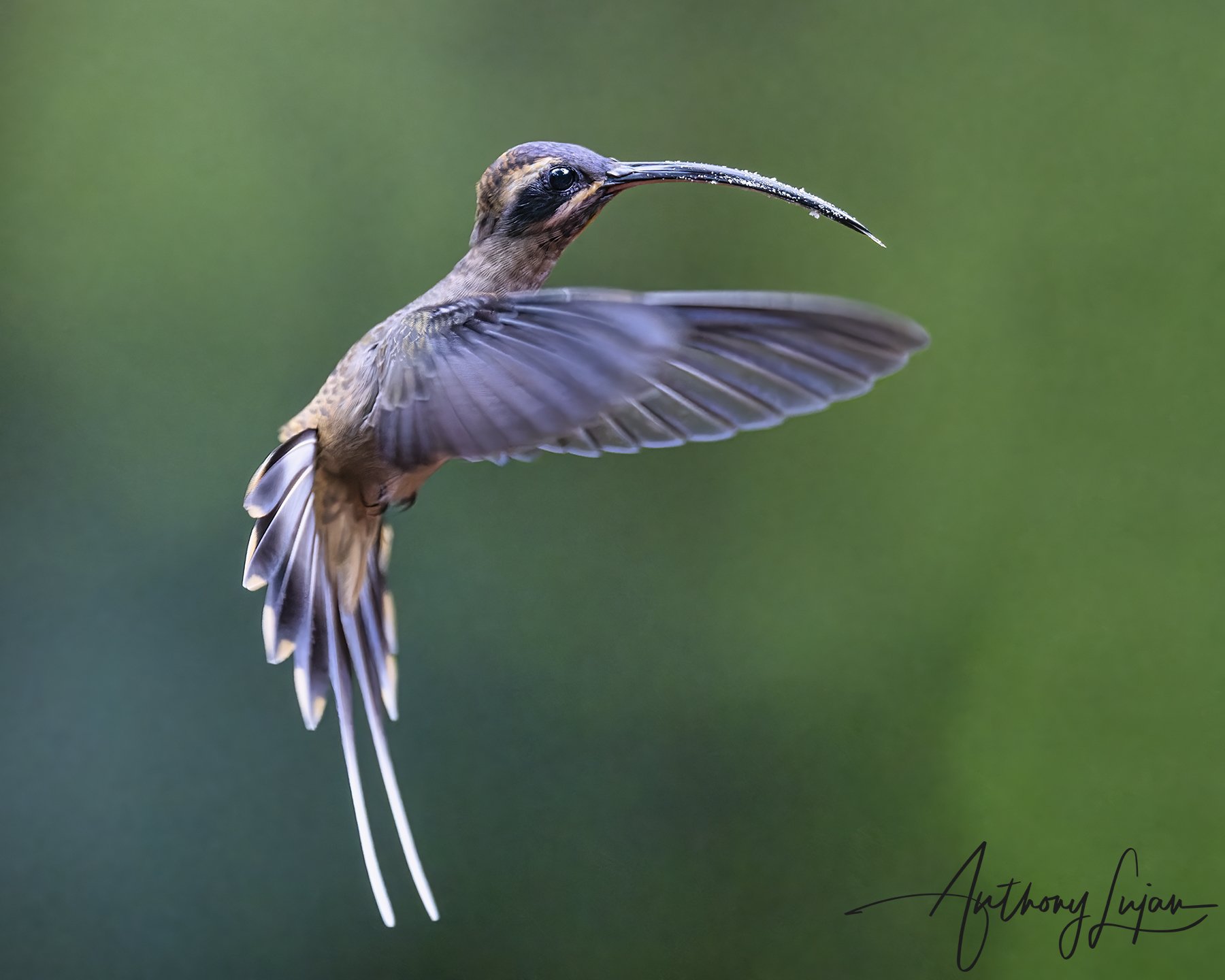Have You Ever Heard the Phrase Trapliners Regarding Hummingbirds? First Evidence of Repeated Foraging Patterns
Introduction
Hummingbirds, renowned for their vibrant colors and rapid wingbeats, exhibit an intriguing foraging behavior known as traplining. Although extensive studies have focused on hummingbird foraging, there has been no direct evidence until now of their ability to establish and repeat foraging routes. Recent research has provided the first quantitative evidence that male territorial rufous hummingbirds do indeed develop traplines, showcasing their ability to optimize feeding efficiency through repeated visit patterns.
Understanding Traplining in Hummingbirds
Definition of Traplining
Traplining refers to the behavior of foragers that repeatedly visit a sequence of feeding locations in a specific order. This strategy is commonly seen in various pollinators, including bees and butterflies, and is now confirmed in hummingbirds. Traplining allows these birds to maximize nectar intake while minimizing energy expenditure and competition with other foragers.
Significance of Traplining
The ability to develop traplines is crucial for hummingbirds, as it helps them efficiently manage their high-energy needs. By memorizing the locations and refill rates of flowers, hummingbirds can avoid wasting time and energy on empty or less rewarding flowers. This strategic approach to foraging enhances their overall survival and reproductive success.
Evidence of Traplining in Rufous Hummingbirds
Research Overview
In a groundbreaking study, researchers observed male territorial rufous hummingbirds and their foraging behavior with artificial flower arrays. The study aimed to determine whether these birds exhibit traplining by repeating the order in which they visit multiple flower locations.
Methodology
The researchers set up arrays of artificial flowers, gradually increasing the number of flowers from two to five. They meticulously recorded the sequences in which the hummingbirds visited these flowers, analyzing whether the birds followed consistent routes.
Findings
The results revealed that the hummingbirds indeed repeated the order of their visits, even as the number of flowers increased. Despite the numerous possible routes available, the birds consistently chose a small subset of the shortest distance routes. This pattern of behavior provides the first quantitative evidence that hummingbirds develop and adhere to traplines when foraging.
Implications of the Study
Cognitive Abilities
The findings underscore the advanced cognitive abilities of hummingbirds. Their capacity to memorize and repeat specific foraging routes indicates a high level of spatial memory and learning, essential for their survival in complex environments.
Foraging Efficiency
By establishing traplines, hummingbirds can enhance their foraging efficiency. This behavior minimizes the energy spent traveling between flowers and maximizes the nectar intake, crucial for sustaining their high metabolic rates.
Ecological Insights
The study offers valuable insights into the ecological interactions between hummingbirds and their environments. Understanding how these birds optimize their foraging strategies can inform conservation efforts, particularly in habitats where nectar resources are limited or fragmented.
Conclusion
The discovery that hummingbirds develop traplines marks a significant advancement in our understanding of their foraging behavior. This strategic approach to feeding, previously documented in other pollinators, is now confirmed in hummingbirds, highlighting their remarkable cognitive abilities. The study of rufous hummingbirds' traplining behavior not only sheds light on their ecological strategies but also opens new avenues for research into the complex interactions between animals and their environments.
For further reading and detailed insights, you can access the full study here.
Please note: The content provided on this blog is for educational purposes only and contains general information. For advice and guidance tailored to your specific region and circumstances, please consult with a professional.

